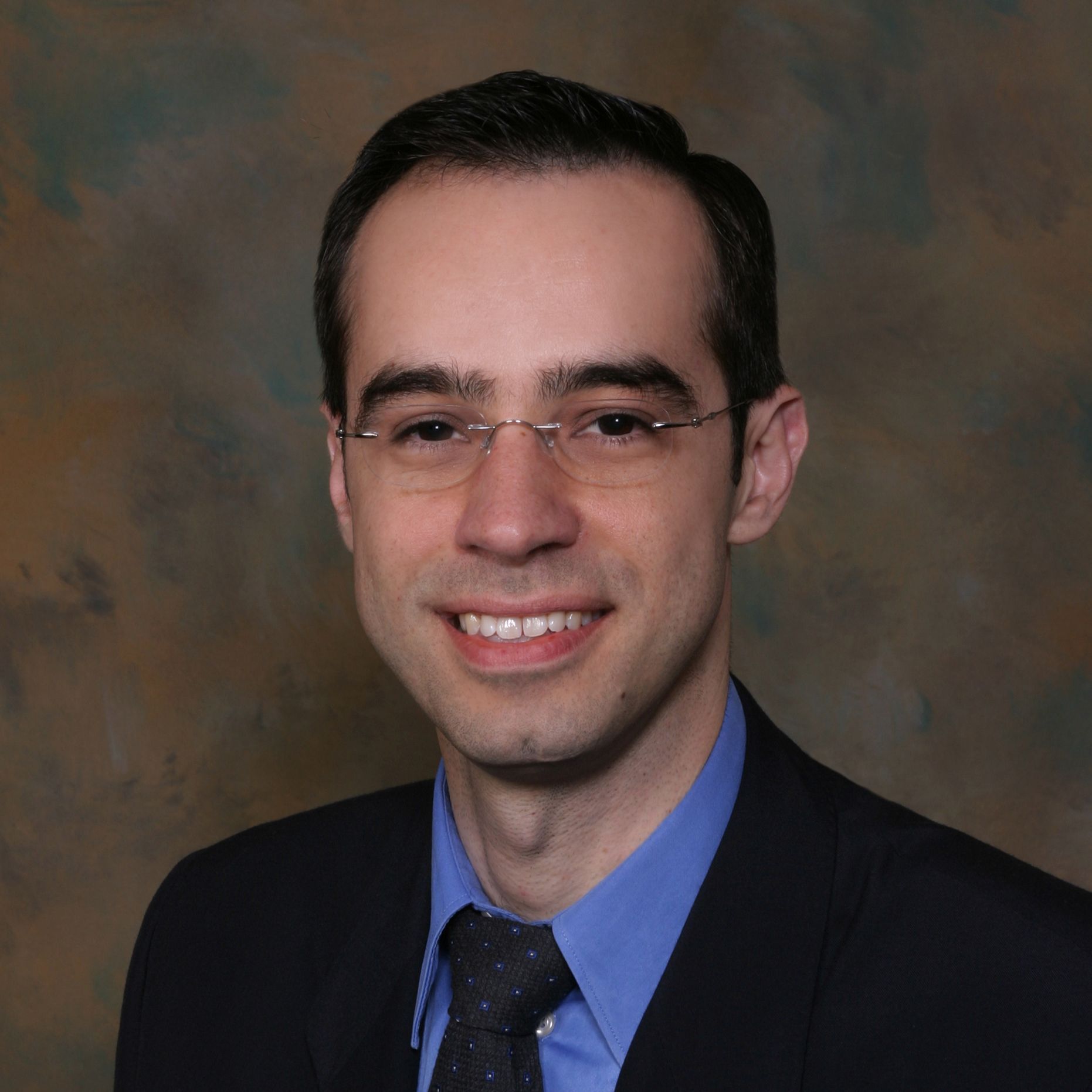by Carlos A. Ramos, MD, Baylor College of Medicine
This July, I was invited to participate as an instructor in the 2017 ASBMT Clinical Research Training Course. This opportunity was unique for me because I attended the first CRTC in 2007 as a scholar.
 This year, 12 scholars and 10 faculty members from across the transplant spectrum gathered in Charlotte, NC, to review the principles of translational and clinical research. Each scholar brought a clinical research project to present to the group, and all participants discussed and further dissected these projects in small groups that met throughout the course, with the intent of enabling each scholar to use the feedback to refine the proposed clinical trial. Throughout the course, scholars also attended short talks on clinical and statistical aspects pertaining to the field of hematopoietic stem cell transplantation, including design of clinical trials, the history of BMT, choice of conditioning regimens, challenges in GVHD treatment, new targeted therapies, and recently developed immune cell therapies, the latter being the topic of my talk this year.
This year, 12 scholars and 10 faculty members from across the transplant spectrum gathered in Charlotte, NC, to review the principles of translational and clinical research. Each scholar brought a clinical research project to present to the group, and all participants discussed and further dissected these projects in small groups that met throughout the course, with the intent of enabling each scholar to use the feedback to refine the proposed clinical trial. Throughout the course, scholars also attended short talks on clinical and statistical aspects pertaining to the field of hematopoietic stem cell transplantation, including design of clinical trials, the history of BMT, choice of conditioning regimens, challenges in GVHD treatment, new targeted therapies, and recently developed immune cell therapies, the latter being the topic of my talk this year.
When I attended the first event in 2007, I was about to transition from being a fellow to becoming an attending physician and I had an amazing experience, with a few aspects of the course still standing out in my memory. First, I remember the thrill of having unimpeded access to leaders of the field in a collegial atmosphere. We are often told as trainees that meetings such as ASH are major opportunities for networking. While this may be true, a major national meeting is not necessarily an easy occasion to strike up a conversation with people whom you have never met before. In contrast, this course provided an incredible opportunity for networking and sharing ideas. We are a small field and I have continued to interact regularly with many of the faculty (and scholars) whom I met during the course. Many of them have contributed to my academic career progression.
Second, I recall how reassuring the course was, especially for someone who was about to take his first independent steps in the field. It was comforting to learn that grant applications are not always successful, that life can take you places other than those that may professionally make the most sense, or that one’s professional path is not always as linear as one might assume by reading a CV.
Finally, free from being distracted by other duties, I was able to give my undivided attention to lectures on exciting, current topics in BMT given by leaders in the field. In the process, I learned several important aspects of clinical trial design and statistics, which are subjects seldom addressed during our clinical training in fellowship.
Being on the other side this time, I was struck by how remarkable this class of scholars was. I was extremely impressed by how they ran with our suggestions and incorporated them along with their new ideas into their initial projects. At the end of the course, the scholars presented revised versions of their clinical trials, and it was fantastic to see how much they had improved.
I thoroughly enjoyed participating in the course both as a scholar and now as faculty. Many good things have happened to me in the 10 years since I attended the course for the first time. As I mentioned to the scholars this year, I am sure this course was instrumental in many aspects of that journey.
SEE ALSO:
- To read "ASBMT Clinical Research Training Course Recap," click here.
- To read "CRTC Through the Eyes of An Attendee," click here.
Read the entire September 2017 ASBMT eNews here.